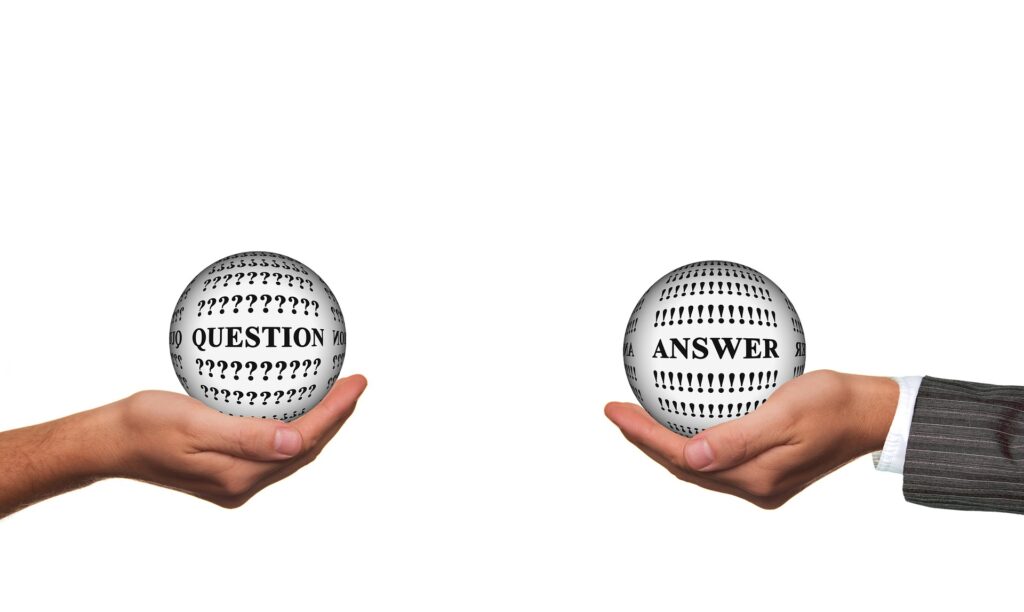
**Disclaimer: this is my understanding of the practitioner system this moment in time, based on my personal experiences and the accounts of hundreds of clients**
We are very lucky to have a range of options when it comes to injury treatments! Maybe even too much… certainly seems so when you have a dodgy back and need to seek help.
I’m uncertain why massage seems like a last option for some people and I can see the confusion when I talk to clients, as they stumble from one practitioner to another pouring good money down the drain because they are unclear on what each of them actually offer.
This confusion really became clear to me once when a client did not turn up for her appointment. She made the appointment when she woke up with a ceased lower back and could barely move, in considerable pain. In her reply about the missed appointment she said that she decided to see a doctor instead. That really confused me, as from her description it was fairly clear that some muscles went into spasm and it just needed some manipulation to loosen them; it wasn’t a medical issue. So instead of coming to her appointment and get pain relief and an ease in the muscle within half an hour, she chose to wait for a doctor’s appointment where she would have been told to rest and given pain meds. Her healing would have been much faster with the massage: without muscle manipulation I’m sure it took much longer and possibly left the area still susceptible.
Too many similar cases (“I’ve been everywhere so I thought of trying massage” followed by “this is the first time I feel proper relief” by the end of the session) prompted me to try and give you a helpful guide to clarify who does what and hopefully some understanding on where to go.
A doctor can usually diagnose your injury; they can send you to and Xray, give you medication if needed, and suggest you to self-refer to a physiotherapist. It is good to check in with them if you have a serious injury that you worry about or a condition that won’t improve or is getting worse, just to be on the safe side. What a doctor can’t offer is a hands-on treatment for the problem so best not to take up their time with simple muscle or joint issues unless it may need a deeper investigation. It can be time consuming to get an appointment and you may not get the answers or solutions very fast either.
Physiotherapy helps restore movement and function when somebody is affected by injury, illness or disability. They draw up a treatment plan to get you back on your feet as soon as possible. Sounds great… in theory. If you want to see results and not just exercise sheets handed to you, you are not likely to find it at a free appointment. Ask for recommendations and search for a reputable place. However… generally physiotherapists work only on the affected areas and they usually don’t do much work on the muscles. So if your problem is muscle related then often you get a temporary ease and you may be visiting regularly for your next fix.
Chiropractors do manual adjustments of the spine to relieve neuromuscular disorders, aiming to reduce back related pain, easing joint disfunctions. In other countries the whole bone structure seems to be part of the chiropractic work, pulling, stretching and cracking arms and legs too until you feel like jelly, but in the UK it seems to be just spine related. It is great if you know you have a vertebrae related problem, or stiff hip or neck joints, and again you need to find a reputable place. They should be able to tell you if the issue is in the bone structure and if they can help it. However… it is rare enough to have actual spinal issues, a sore back is most likely muscle related so no amount of cracking of your spine will relieve that. It is also one of the most expensive treatments, so you want to be certain that this is what you need.
Massages work on the muscle structure of the body. Concentrating on sports massage here, a massage is great to ease most everyday common injuries, easing pain, and help you become more mobile. The majority of complaints are muscle related so it should be a great place to start treatments. A good massage therapist can assess your issue and refer you further if they feel that you need a different treatment. However… as with other therapies, all practitioners are different in their approach so good to have a chat with them about your problem and what they offer. Sports massage is notorious for its painful methods, especially when the latest technical gadgets are used – but you usually feel the benefits after a day or two.
What Flow massage offers: I am a huge believer of a holistic approach so for me the idea of working on one small area of the body or only one system of the body is undesirable. Over the years while working with lots of clients and cementing my base techniques, I chose to branch out to the other professions a bit so I can bring you that holistic approach I feel works best. Last year I introduced passive stretching that allowed me to work with the joints, and completed a Vertebral Techniques course that allowed me to help gently releasing the vertebrae. Add to that my ability with the body’s energy blocks and emotional map, and that I also spent many months translating hypnotherapy techniques into massage techniques, I feel I have much of the body systems covered. Oh, and in sports massages I aim for a “good pain” level and no more (unless asked) and they are usually still very relaxing. That’s a bonus, right?
So there you have it. I apologise if I got something wrong. The golden rule is to be smart, look around for reputable practitioners, and if something doesn’t bring you steady improvement, move on and try somewhere else.
